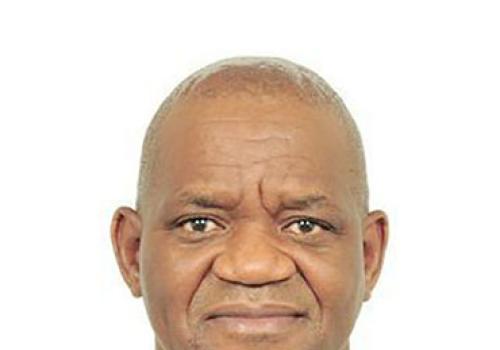Today, the 27th of September is the World Tourism Day. Since 1980, when the Statutes of the United Nations World Tourism Organization (UNWTO) entered into force, the day has been commemorated globally with the purpose of fostering awareness among the international community of the importance of tourism and its social, cultural, political and economic value.
This year’s theme; “Sustainable Tourism - A tool to Development”, reinforces SADC’s resolve to use tourism as a vehicle for sustainable development. The 1998 Southern African Development Community (SADC) Protocol on Tourism Development advocates for the promotion of environmentally and socially sustainable tourism development and calls on Member States to promote the tourism industry for the improvement of people’s livelihoods.
SADC is cognisant that, if harnessed and carefully developed, tourism can be a powerful catalyst for inclusive economic growth. Some of the tourist attractions are found in the most remote areas with limited access to essential services, supporting infrastructure and employment opportunities. Tourism development and associated investment create employment thereby contributing to poverty reduction in these areas.
SADC recognises that the growth of the tourism sector has concomitant effect on the growth of other sectors of the economy such as, accommodation, information, communication and technology (ICT), conservation, agriculture, manufacturing, energy and water. Due to the interconnectedness with these sectors, the tourism sector creates demand for goods and services and in the process, catalyse the holistic development of the economy. For instance, in many tourist destinations in southern Africa, small scale business operators find ready markets for their local products such as agricultural produce and curios, while also generating employment opportunities for unskilled and semi-skilled community members, thereby promoting inclusive growth.
The SADC region is uniquely positioned to take advantage of these distinctive factors to promote its goals of economic development and Regional Integration, and ultimately poverty reduction for its citizens. The Region has unique natural features and diversity of tourism appeals ranging from rich wild fauna and flora, scenic terrestrial, aquatic ecosystems, the robust cultural heritage, historic sites, vibrant cities and sporting events. These features, couple with the peace and stability the Region enjoys, make Southern Africa one of the most attractive holiday destinations for tourists from the across the globe.
Though a lot of work lies ahead, it is pleasing to note that SADC Member States continue to step up efforts to improve the tourism sector by, among other things, improving the quality of service, safety standards and physical infrastructure as a means of attracting local and international tourists and tourism investment into the region. Let us make use of resources available to us, such as the Regional Tourism Organization of Southern Africa (RETOSA), to improve the competitiveness of the tourism industry in the region and to promote and market southern Africa as single but multi-faceted tourist destination. By collaborative improvement of the product offer and joint delivery and marketing to trade and consumers, we will increase Southern Africa’s visibility in the global tourism market, thereby increase number of visitors and investors to the region with resultant benefits to individual Member States.
As we commemorate the World Tourism Day, I encourage tourists to explore the beauty of the untapped natural resources and rich culture of the SADC Region in a responsible manner. I also encourage SADC Citizens to be the ambassadors of tourist attractions and products the region offers.
Let us work together in making Tourism a catalyst for positive change and a tool for attaining
all the three dimensions of sustainable development (economic, social and environmental), each of the 17 Sustainable Development Goals (SDGs) as well as SADC development priorities as stipulated in the Regional Indicative Strategic Development Plan.

